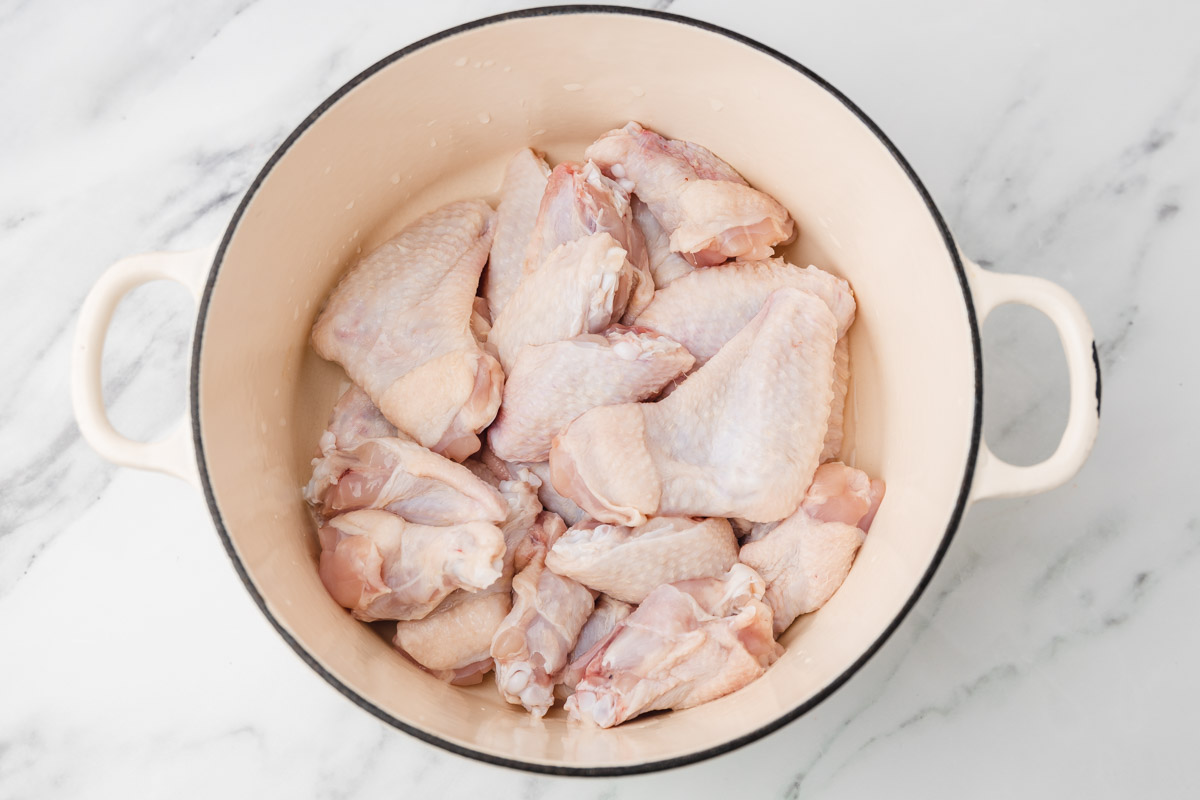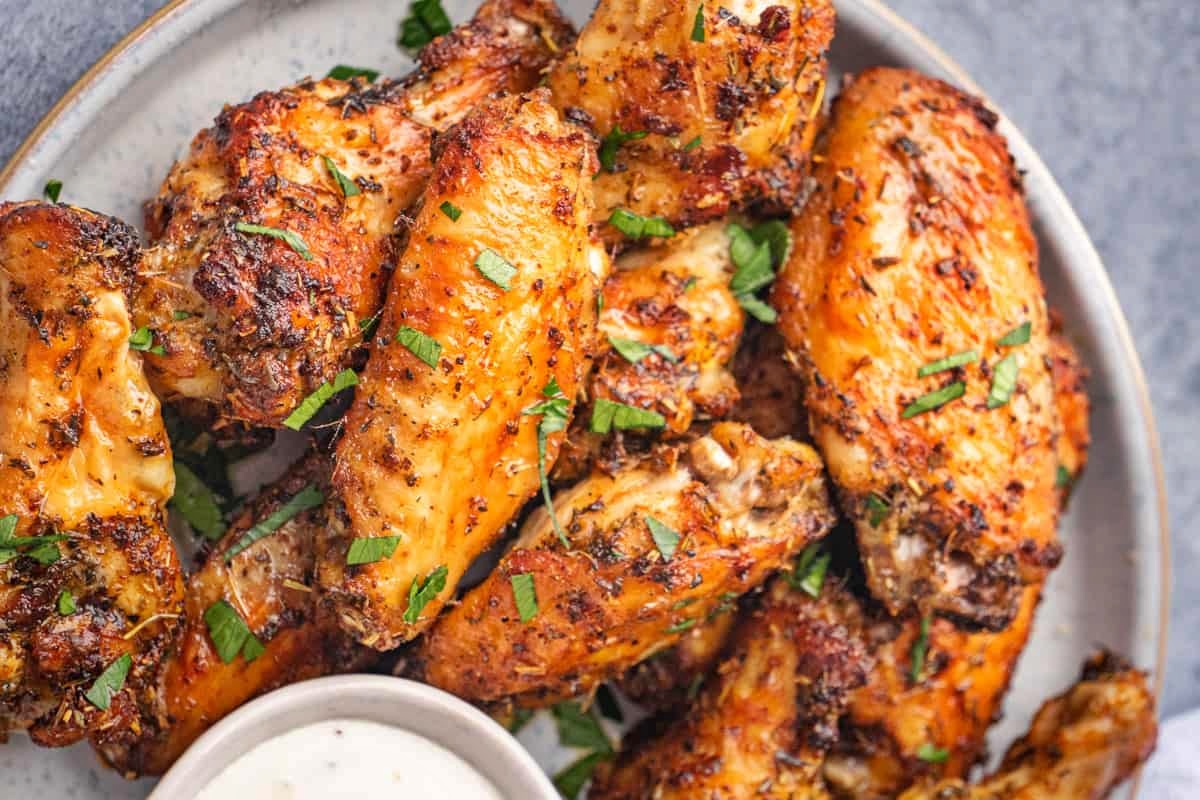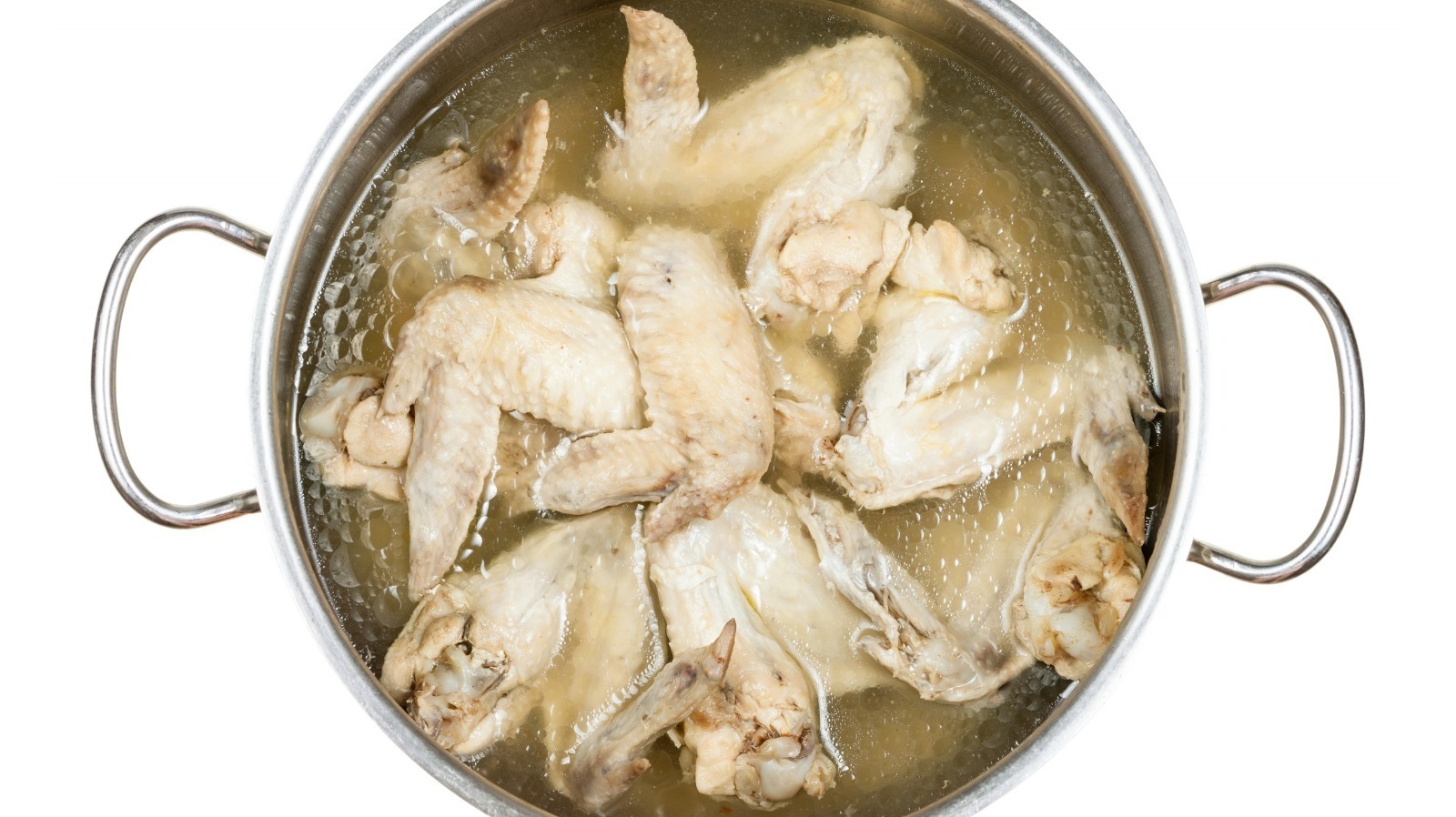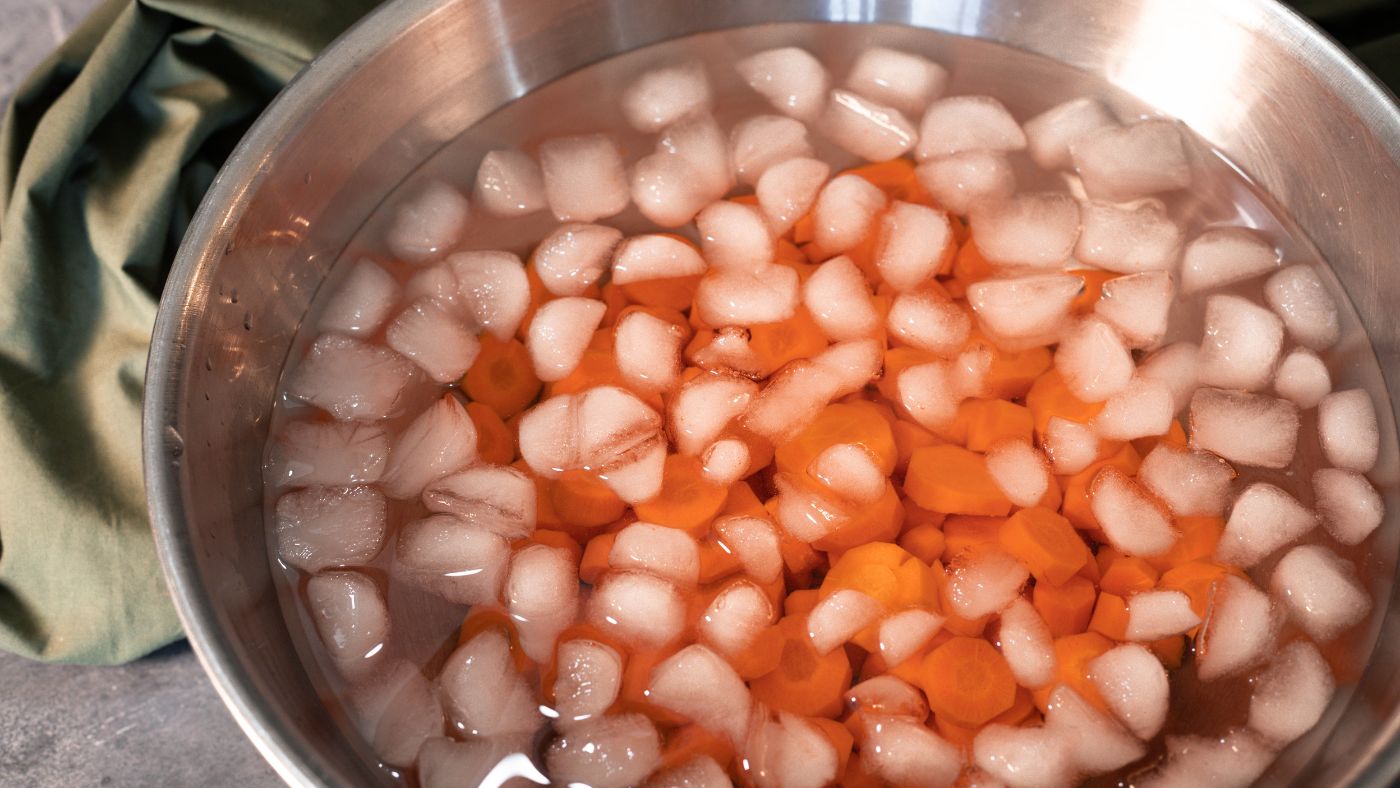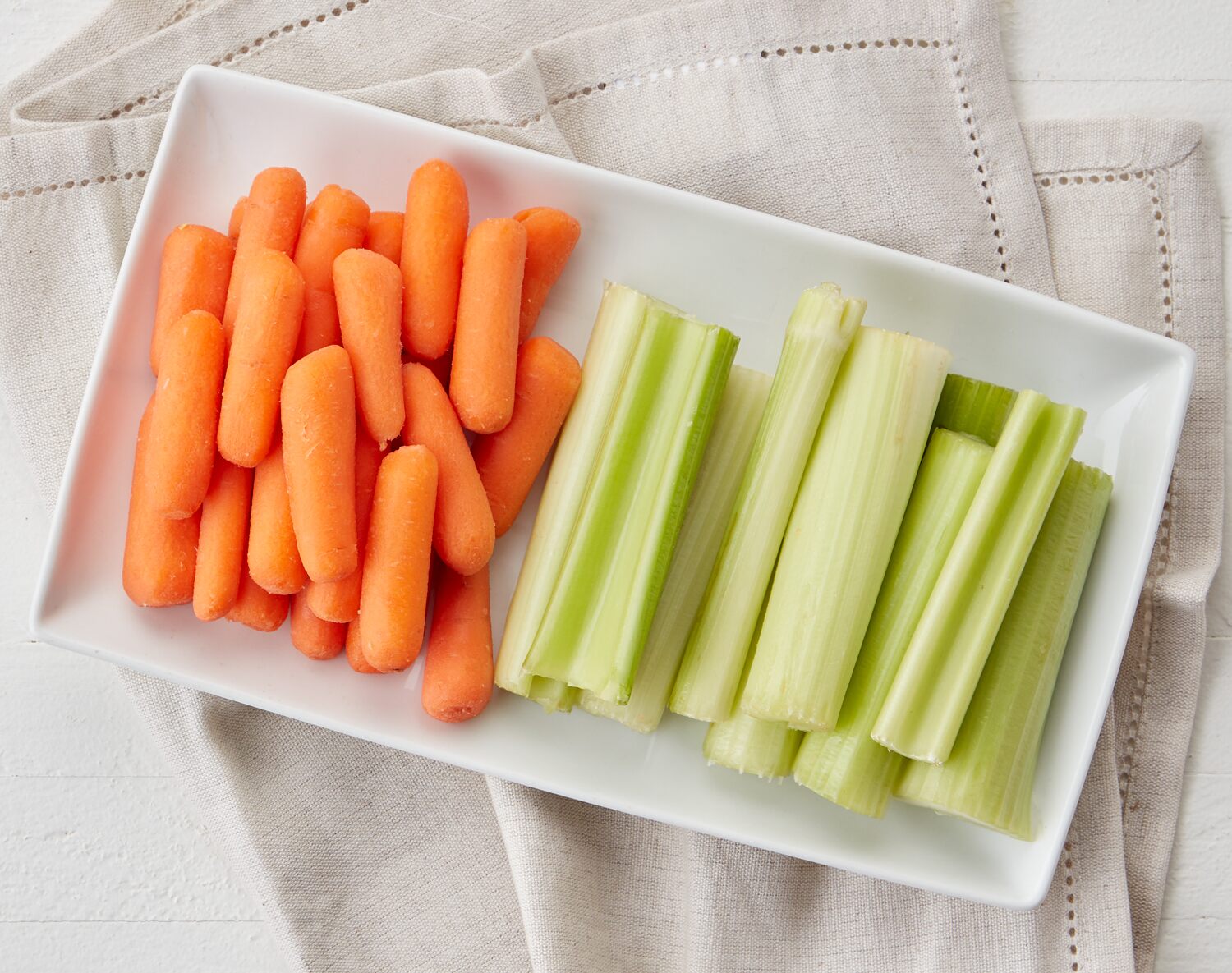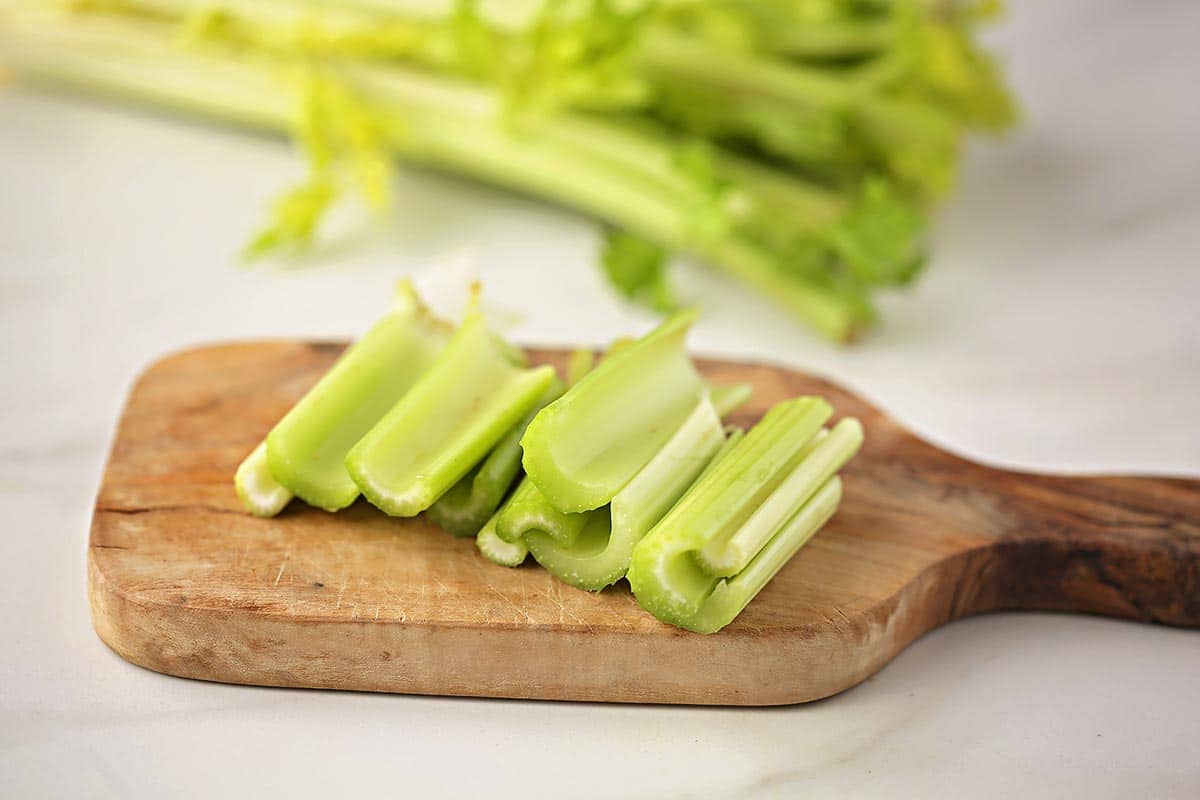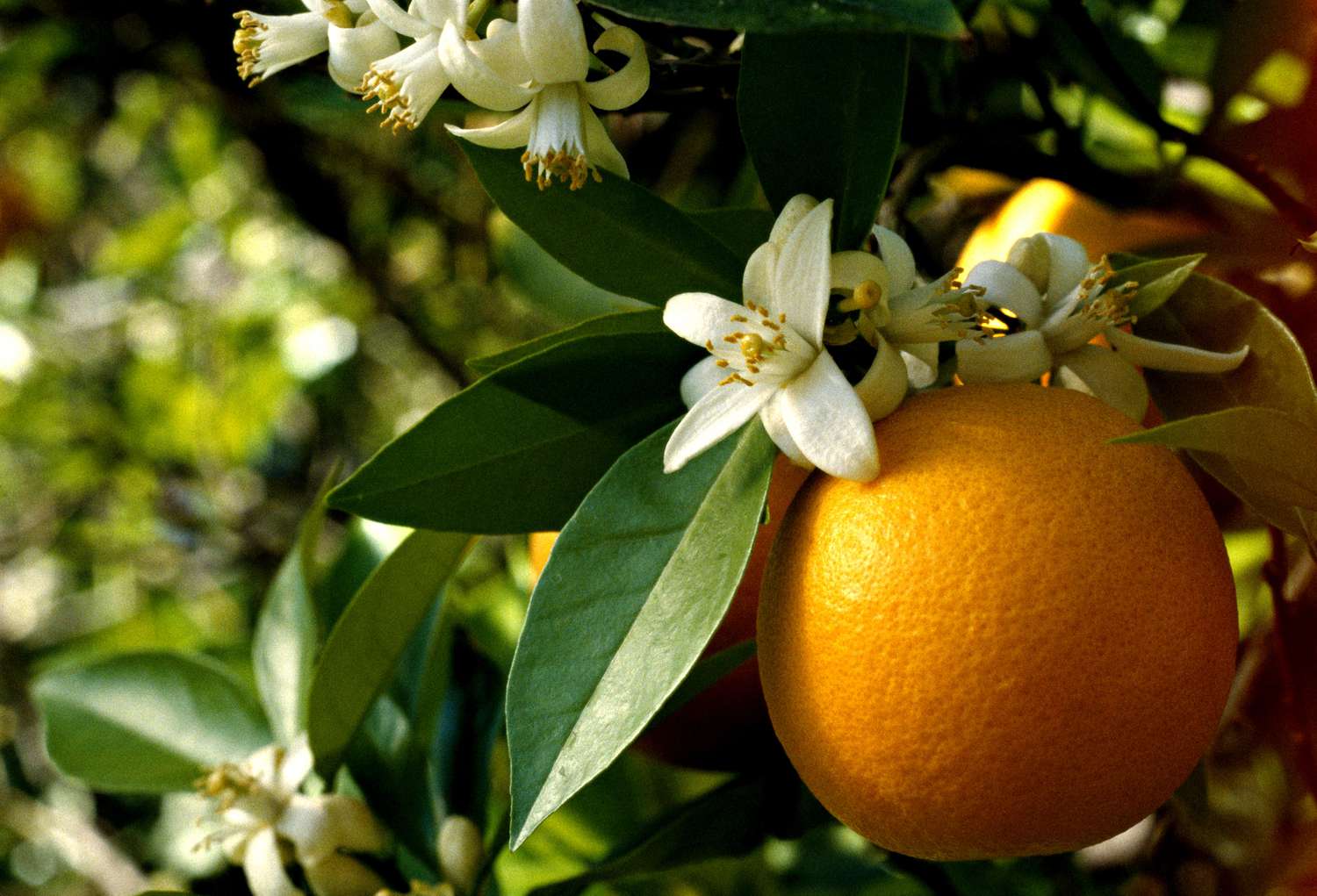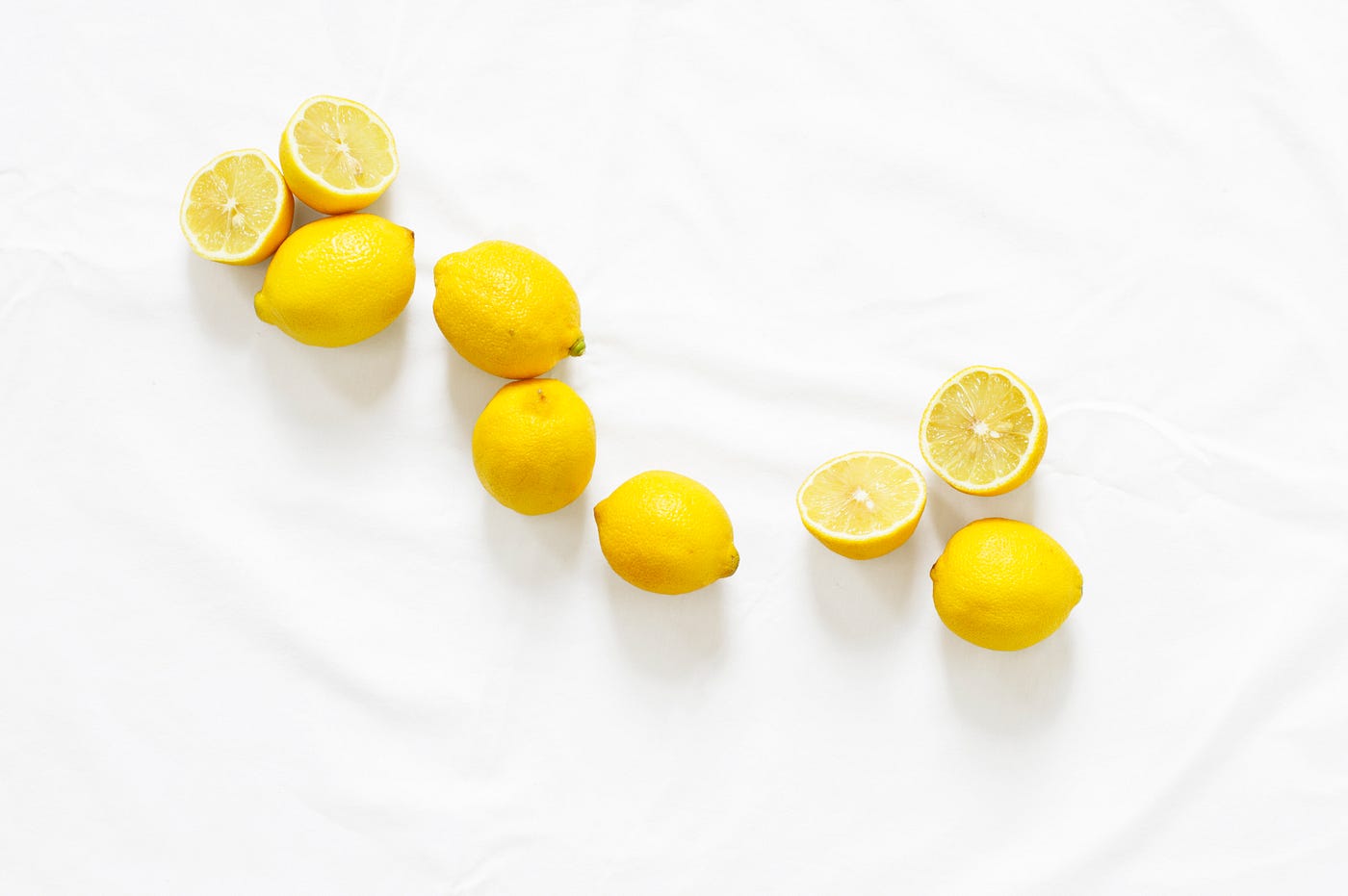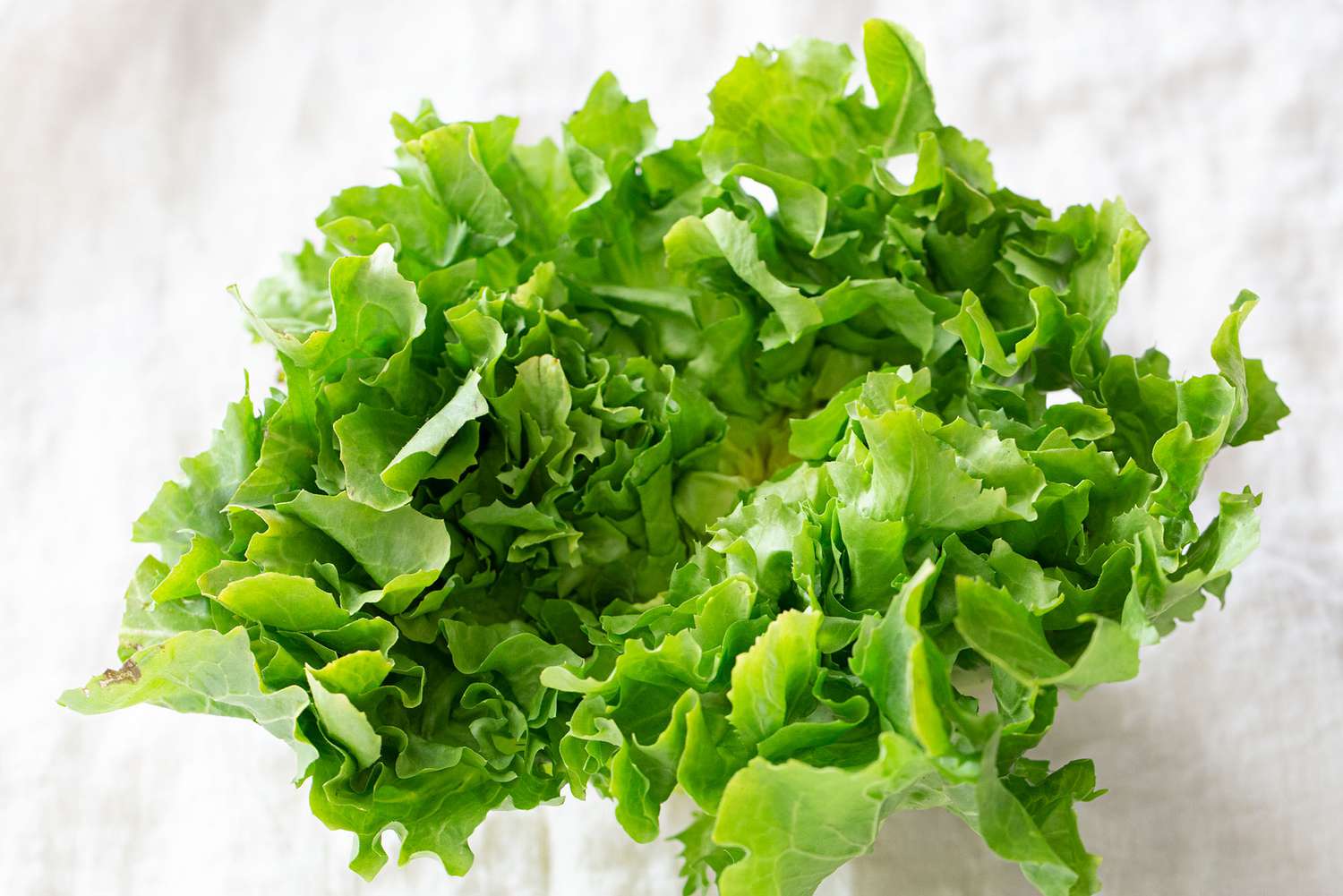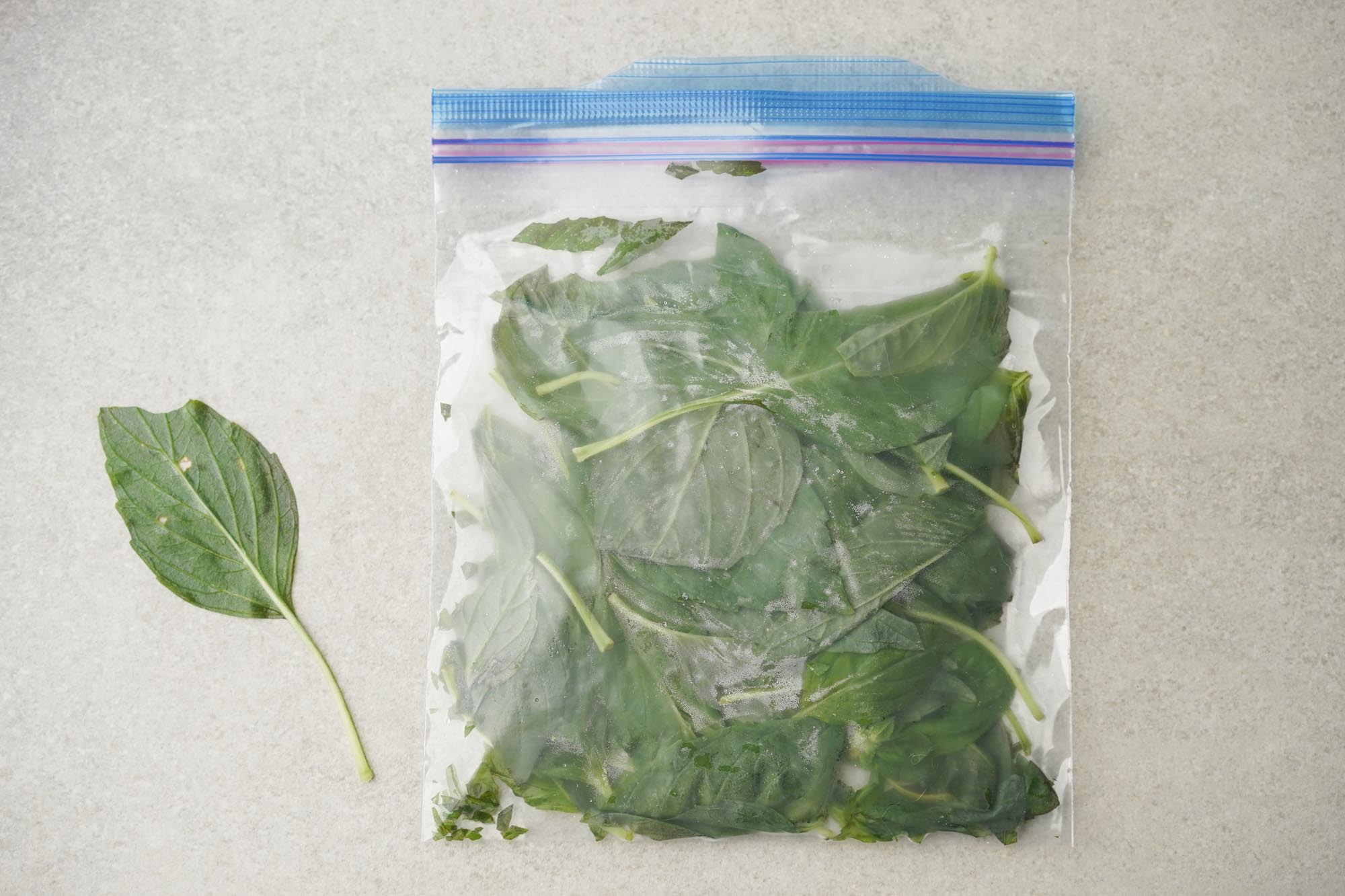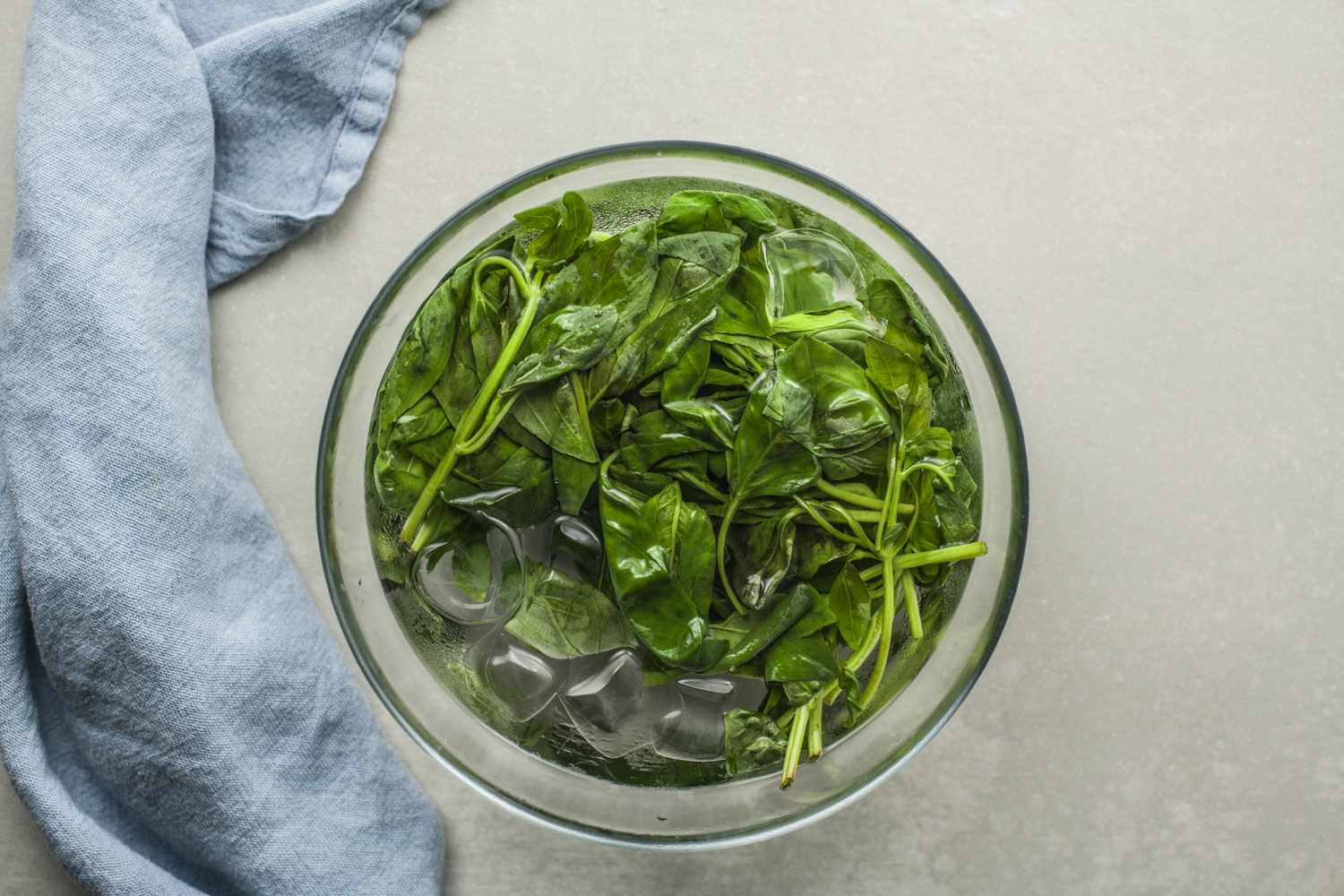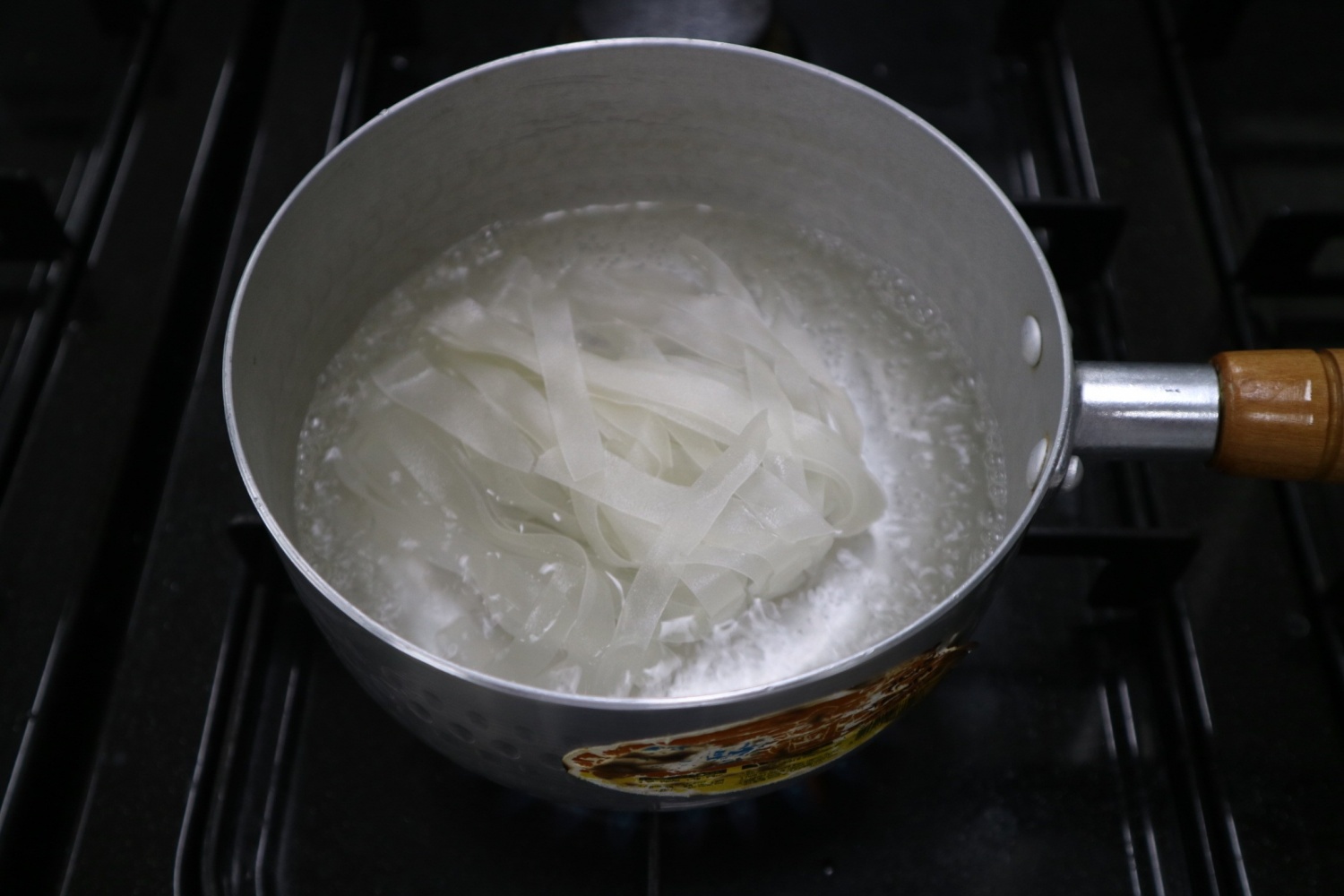Everything You Need to Know About Blanching Chicken Wings
Blanching chicken wings is a simple yet essential technique that can enhance the flavor and texture of this popular appetizer. Whether you’re preparing them for a game day gathering or a casual dinner, blanching can help you achieve the perfect balance of tender meat and crispy skin. In this guide, we’ll walk you through the process of blanching chicken wings to perfection.
What is Blanching?
Blanching is a cooking technique that involves briefly immersing food in boiling water, followed by rapid cooling in an ice bath. This process helps to partially cook the food, while also preserving its color, texture, and flavor.
Why Blanch Chicken Wings?
Blanching chicken wings before frying or grilling can help to remove impurities, excess fat, and blood from the meat. It also helps to tighten the skin, resulting in a crisper texture once cooked. Additionally, blanching can reduce the overall cooking time, making the wings quicker to prepare.
Steps to Blanch Chicken Wings
Follow these simple steps to blanch chicken wings like a pro:
- Boil the Water: Fill a large pot with water and bring it to a rolling boil.
- Add the Wings: Carefully add the chicken wings to the boiling water. Ensure that the wings are fully submerged.
- Blanching Time: Allow the wings to blanch for 7-8 minutes. This will partially cook the meat and tighten the skin.
- Ice Bath: Using tongs, remove the blanched wings from the boiling water and immediately transfer them to a bowl of ice water. This will stop the cooking process and maintain the texture of the wings.
- Dry the Wings: Once the wings have cooled in the ice bath, remove them and pat them dry with paper towels. They are now ready to be seasoned and cooked according to your recipe.
Tips for Perfectly Blanched Chicken Wings
Here are some additional tips to ensure that your blanched chicken wings turn out perfectly:
- Use Fresh Wings: Start with high-quality, fresh chicken wings for the best results.
- Season the Water: Consider adding aromatics such as garlic, bay leaves, or peppercorns to the blanching water for extra flavor.
- Do Not Overcrowd: When blanching the wings, make sure not to overcrowd the pot, as this can lower the water temperature and affect the blanching process.
- Pat Dry: It’s important to thoroughly pat the blanched wings dry before proceeding with the next steps, such as seasoning or cooking. This will help to achieve a crispy exterior.
Conclusion
Blanching chicken wings is a simple yet effective technique that can take your wing game to the next level. By following the steps outlined in this guide and incorporating our tips, you can achieve perfectly blanched wings that are tender on the inside and crispy on the outside. Whether you plan to fry, grill, or bake your wings, blanching is a step worth considering for the best results.
For those who love a blend of sweet and spicy flavors, they should definitely try out Mango Habanero Chicken Wings. These wings offer a perfect balance of heat and tropical sweetness that is hard to resist. If they prefer something with a bit of tang, then Lemon Pepper Chicken Wings are a must-try with their zesty and peppery notes. For a classic taste, Garlic Parmesan Chicken Wings provide a savory experience with a rich, cheesy finish. Those who crave bold and smoky flavors should go for Smoky Chipotle Chicken Wings, which are packed with a deep, smoky heat. Lastly, Mediterranean Herb Chicken Wings are ideal for those looking for something aromatic and herbaceous, bringing a taste of the Mediterranean to their kitchen.
